INTRODUCTION
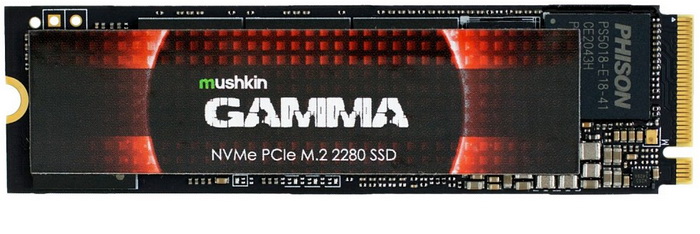
The SSD market is currently divided into 3 price/performance segments basically, 2.5", mSATA and M.2 SATA based models that offer speeds of up to around 550MB/s, M.2 PCIe Gen3 (NVMe) models which can go all the way up to 3500-4000MB/s and M.2 PCIe Gen4 (NVMe) models which currently enjoy speeds of up to 7500MB/s. Needless to say M.2 PCIe Gen4 models are beginning to become the number 1 choice for enthusiasts and professionals alike and so as expected most manufacturers have thrown extra weight on the design and manufacture of such drives. Mushkin is one such manufacturer and today I’ll be testing the 1TB variant of their latest GAMMA model.
For over 25 years, Mushkin has been dedicated to helping Gamers, digital artists, IT managers and professionals alike enhance their computing experience by providing reliable, high-performance products. Mushkin’s products include a complete selection of USB, SSD and Memory Module upgrades for both the consumer and enterprise industries. Since the company’s founding in 1994, Mushkin has received numerous awards and commendations for quality, reliability and technical excellence.
Just like with most M.2 PCIe Gen4 NVMe SSD models in the market today the GAMMA line by Mushkin (currently available in 1/2/4TB) is based on the E18 (PS5018-E18) NVMe v1.4 NAND flash controller by PHISON which they've paired with Micron's B27B 96-layer 3D TLC NAND flash together with DDR4 cache by SK Hynix (looks like just 512MB at 2666MHz for the 1TB model, always according to the module's serial - will update this if wrong when i hear back from Mushkin). With numerous features like PHISON's 4th Gen LDPC engine (low-density parity check) along with end-to-end data path protection, wear levelling, thermal throttling (70 degrees Celsius limit), TRIM, bad block management, dynamic range SLC cache and SmartECC (RAID ECC) the PS5018-E18 8-channel tri-core (32-bit ARM Cortex R5 CPUs) NAND flash controller can help the GAMMA 1TB variant achieve read and write speeds of up to 7150MB/s and 5600MB/s respectively (7175MB/s-6800MB/s for the 2TB variant and 7200MB/s-6890MB/s for the 4TB variant). As for endurance numbers Mushkin reports an MTBF (meantime between failures) of 1.6 million hours for the entire line, 700TBW for the 1TB variant (1400TBW for the 2TB and 3000TBW for the 4TB models) and covers all 3 models with a 5-year limited warranty (TBW or warranty, whichever gets reached 1st).
SPECIFICATIONS AND FEATURES

PACKAGING AND CONTENTS
Just like with the past drives by Mushkin the GAMMA gets shipped inside a blister package which allows you to see the drive from the front.
The main product features are printed at the rear in 5 languages right next to a sticker which contains the product serial number and barcode.
Contained inside the blister package are the GAMMA drive and a Mushkin sticker.
THE GAMMA 1TB
Once again in my hands i have an drive that follows the typical M.2 2280 form factor (22mm wide and 80mm long / M-key).
Underneath the sticker located on the top side of the PCB we see the PHISON PS5018-E18 NAND flash controller right next to four Micron 256GB 96-Layer 3D TLC NAND flash modules and a single DDR4 2666MHz module by SK Hynix.
The other side of the PCB is empty which means it's populated in the larger capacity variants.
TEST BED


TESTING METHODOLOGY
After almost 13 years of testing solid state drives, i’ve concluded that it's almost impossible for any single benchmark suite to accurately measure their performance and that's why in certain benchmark suites we see amazing read/write performance numbers with some drives while in others things are quite different. The reason behind this is that some benchmarking suites are configured to read and write random chunks of data while others read and write constant (sequential) ones. So that's why i always use a very wide selection of benchmarking suites including AIDA64, HD Tach RW, HD Tune Pro, Crystal Disk Mark, Sisoftware Sandra Pro, AS SSD, IOmeter and ATTO. To get the most accurate results each test gets repeated a total of 6 times with the average performance numbers recorded into our charts*. Also, as of February 25th 2015 our results will also include the Storage Networking Industry Association’s (SNIA) IOMeter tests. These tests include a 12 Hour write test used to “simulate” performance degradation over time and a mixed workload test which basically shows what you can expect when using an SSD continuously for roughly two hours. Unfortunately, due to the time required for these tests we repeat them a total of 3 times and not 6 as the above.
Many people have made inquiries about our charts in the past so once again please do keep in mind that the Charts have the average performance numbers of each drive recorded and not the peak (highest) ones. Also, although every single one of these programs can help potential buyers choose the right drive for their needs you should also remember that from any kind of benchmark up to real world usage the gap is not small (and usually most differences will go unnoticed by most people). All tests were performed in a fresh Windows 10 Pro x64 installation complete with every update up to the date of this review.
* Since November 2018 the SSD comparison charts have been divided to 2.5” and M.2 models to reduce their growing size.
** Unless stated otherwise the Ryzen 9 3950x based Test Rig used for M.2 Gen 4 SSD reviews is not located in the lab.
*** As of January 2021 for Gen 3x4 models I’ll be using the Core i9-7980XE test rig (after numerous tests the up to 6% difference in read & write performance compared to the i7-6700 system simply wasn’t enough to justify having an extra test rig around).
TEST RESULTS - AIDA64 / ATTO


TEST RESULTS - HD TACH RW / HD TUNE PRO


TEST RESULTS - SISOFTWARE SANDRA PRO / CRYSTAL DISK MARK


TEST RESULTS - AS SSD / IOMETER


TEST RESULTS - IOMETER SNIA

CONCLUSION
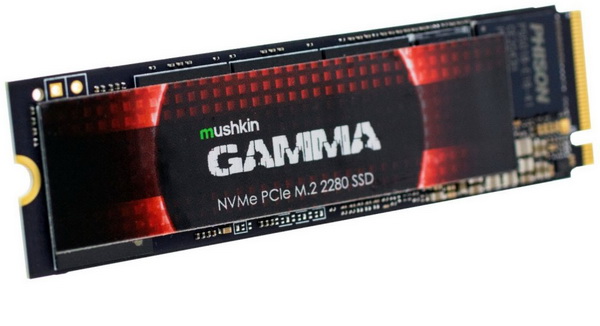
When i published my very first 2.5" SATA SSD reviews back in 2008 far too many people in the industry thought this technology wasn't here to stay (which is also why SSD reviews back then were somewhat scarse), let alone replace regular mechanical drives, especially when it came to capacity. Fast forward 13+ years and it's clear that not only have SSDs passed the test of time but as technology advances, they are becoming faster and faster while also getting closer to mechanical drives in terms of capacity. Yes, it may be a while before we see the very first 20TB SSDs but M.2 NVMe SSDs more than make up for that with speeds surpassing 7000MB/s (and even higher with the upcoming release of PCIe Gen5). As for the GAMMA since I got the 1TB variant I can’t quite do a direct comparison with the other 2/4TB PCIe Gen4 models in the charts but it does do extremely well so I imagine the 2/4TB models will do even better (as also indicated in their specifications sheets).
With just a few hours left before we finally say goodbye to 2021 the GAMMA M.2 PCIe Gen4 NVMe SSD by Mushkin retails for USD169.99 inside the USA (Amazon.com) a price tag which puts it on the lower end of similar models by the competition. Mushkin has always done a good job when it comes to pricing so it’s good to see that the GAMMA line is not an exception. Overall, the GAMMA 1TB model delivers on everything one would want from an PCIe Gen4 SSD and for that it gets the Golden Award.

PROS
- Near Excellent Performance (Up To 7150MB/s Read & 5600MB/s Write)
- Endurance (700TBW / 1.6 Million Hours MTBF)
- 5 Year Limited Warranty
- Price (For Some)
CONS
- Thermal Throttling (During SNIA Tests)
- EU Availability

 O-Sense
O-Sense





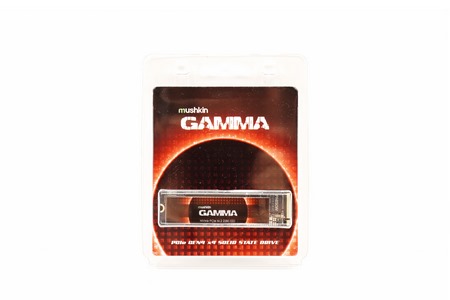


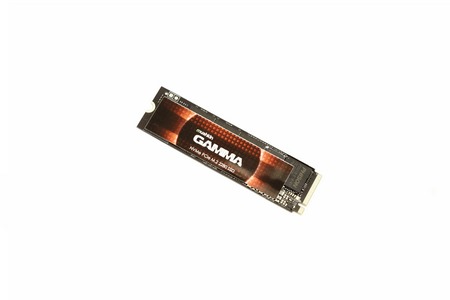




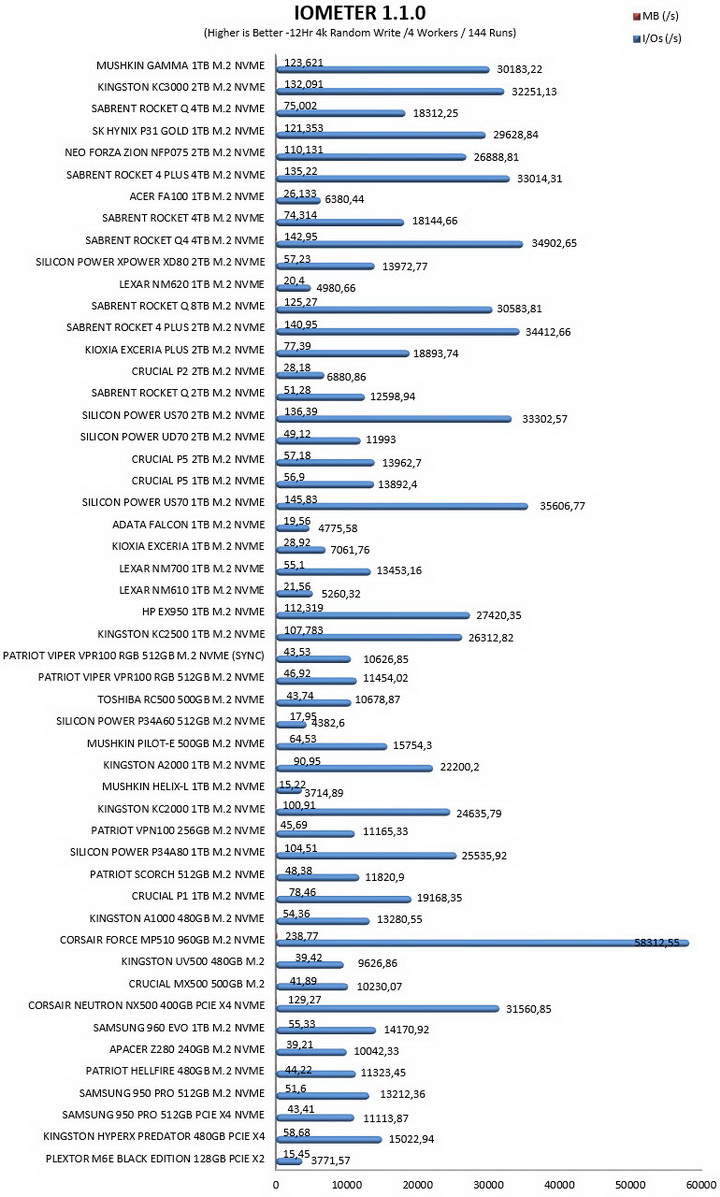



.png)

